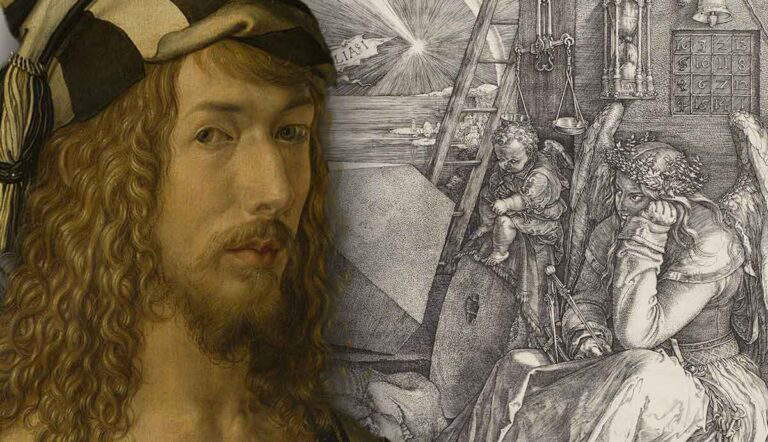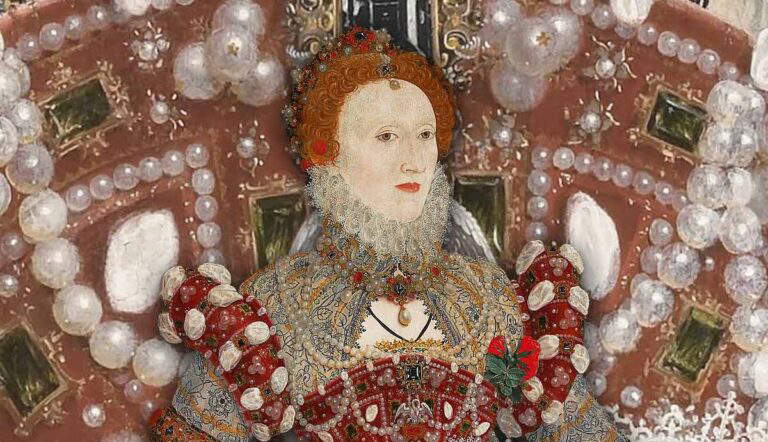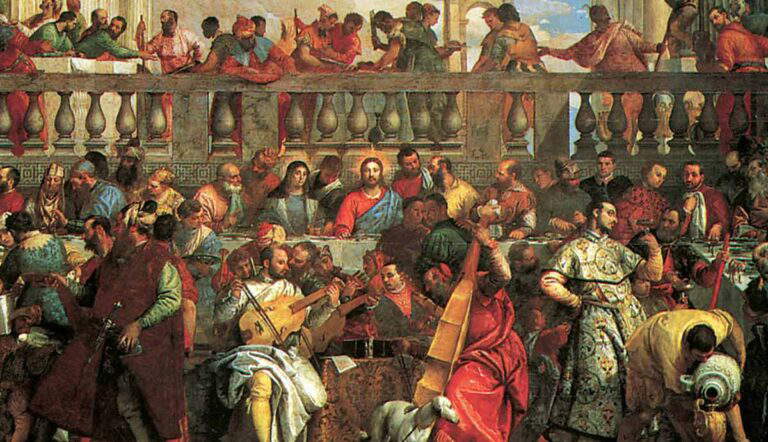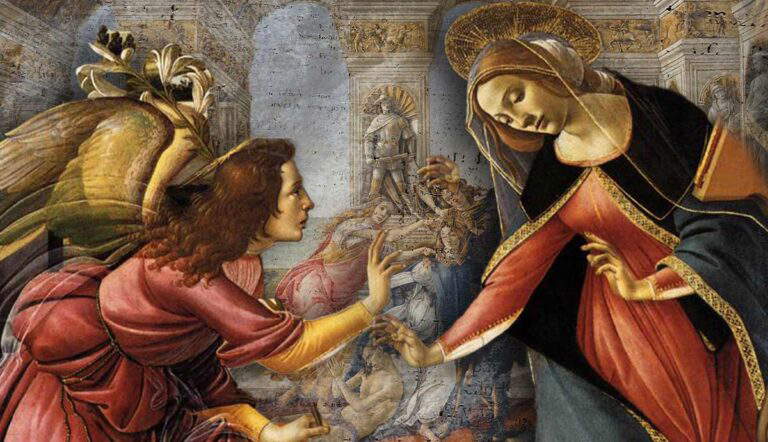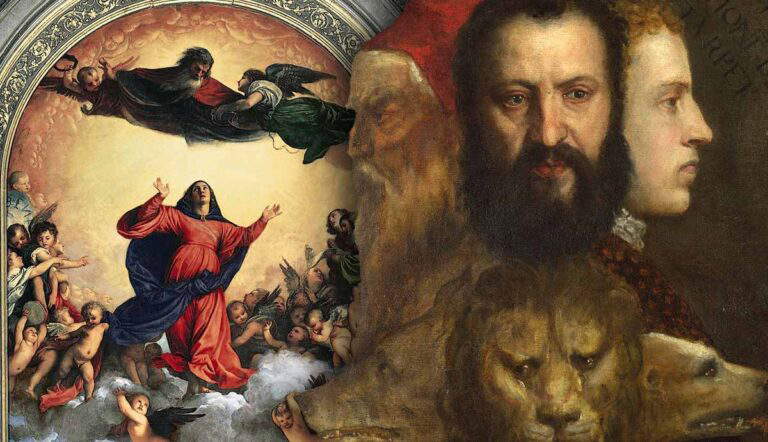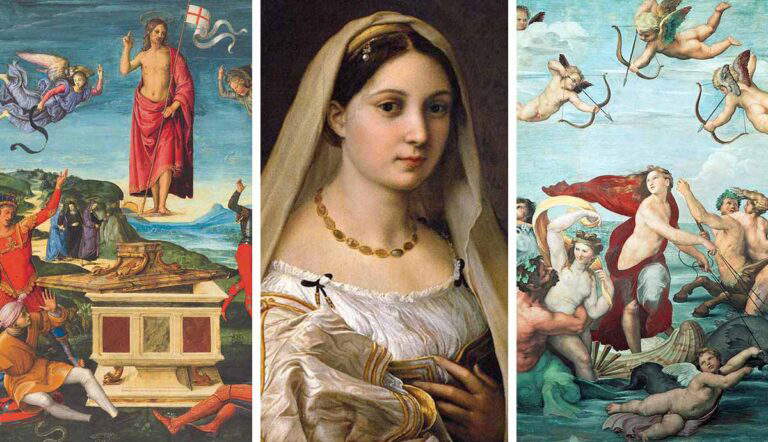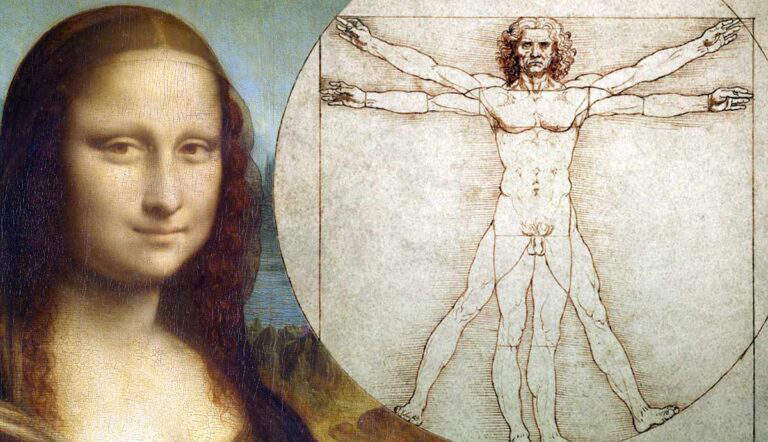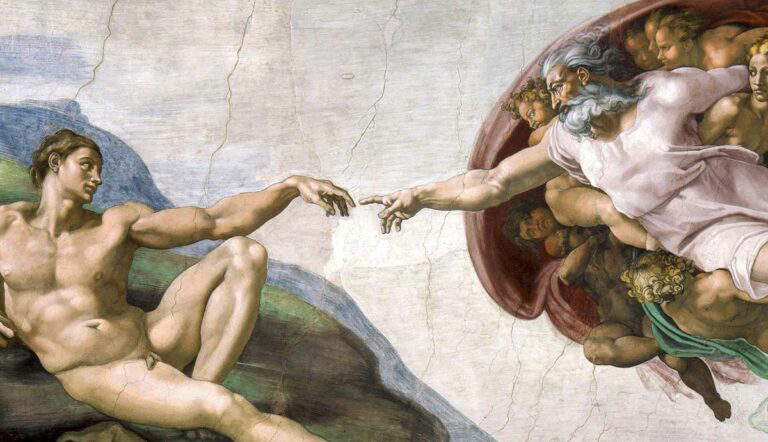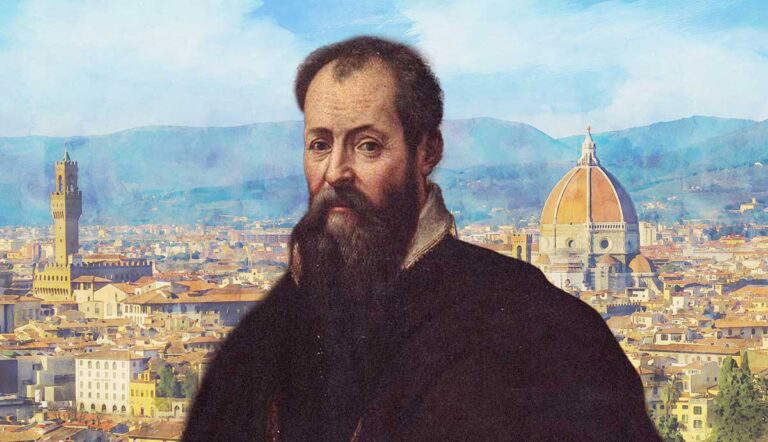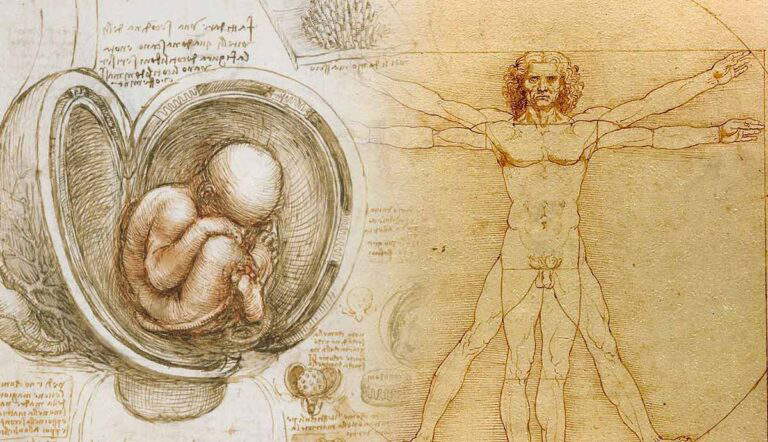The luminous world of the Renaissance, a period of unparalleled artistic and intellectual rebirth. Discover iconic masterpieces and innovative techniques.
The Pelican Portrait is one of Queen Elizabeth I’s most iconic and recognizable depictions. But what is the significance of the pelican?
Veronese’s The Wedding at Cana was created for one of Venice’s most influential monasteries. It reflects the scale of political sophistication of the Venetian Republic.
Sandro Botticelli was one of the favorite artists of the famous Medici family, who sponsored his projects and accepted him into the Florentine intellectual circles.
In his famous Pesaro Madonna altarpiece, Titian modeled the Virgin Mary from his beloved wife Cecilia.
Albrecht Dürer's Melencolia I is the most popular engraving among scholars, and it has been studied for centuries. Still, it hides too many unsolved mysteries.
Despite its current status, Leonardo da Vinci’s Mona Lisa became a hit only a little more than a century ago.
Giorgio Vasari was an acclaimed Italian artist and writer from the Cinquecento. His work made him one of the most influential Renaissance men.
Leonardo da Vinci’s drawings were not just preparatory studies for his painted work, but extensions of his scholarly and scientific practices.
- …
